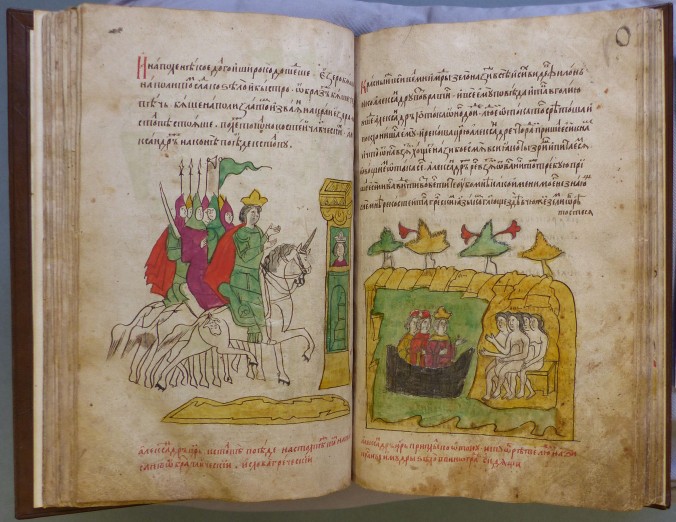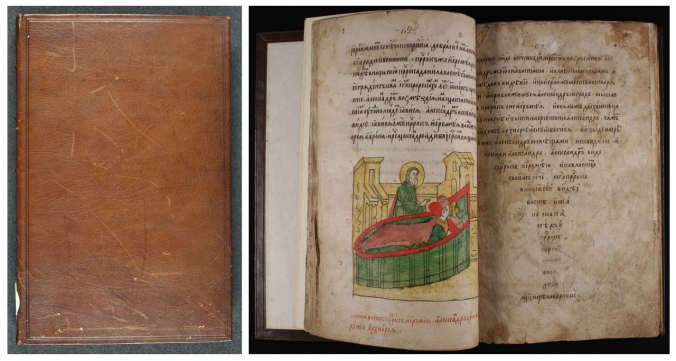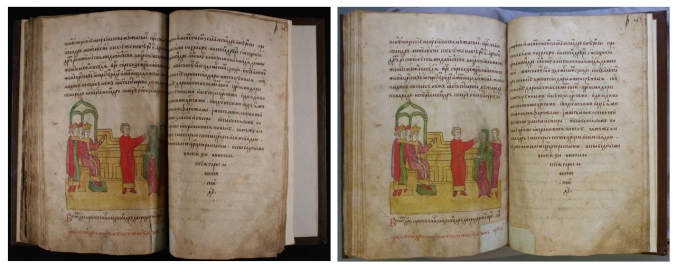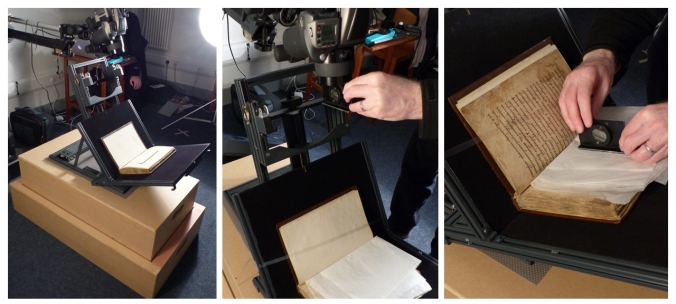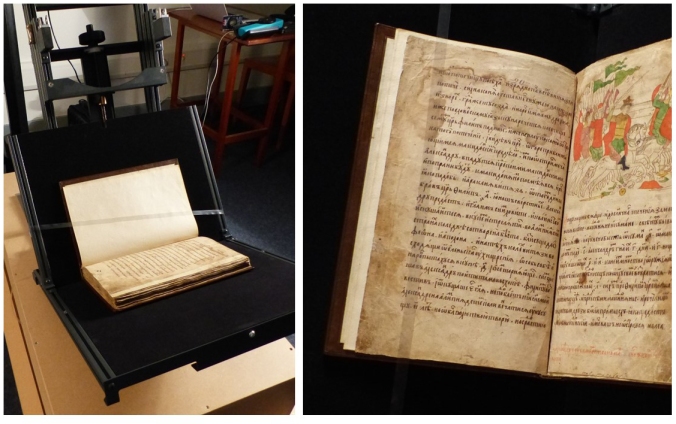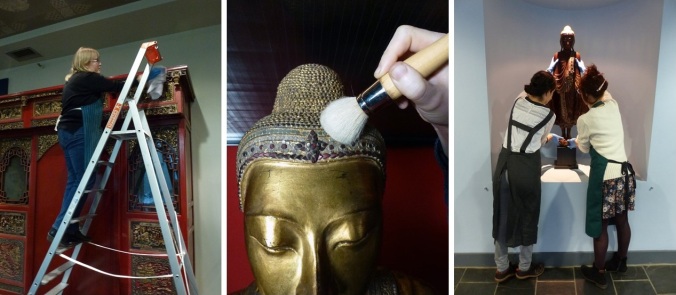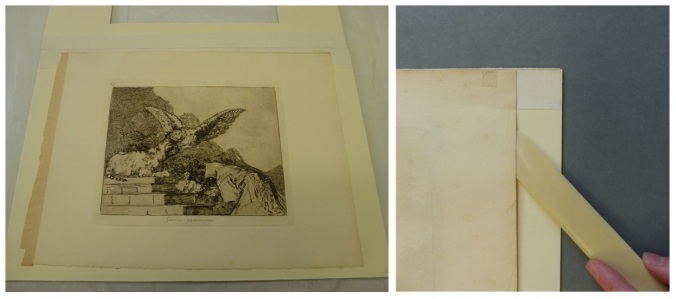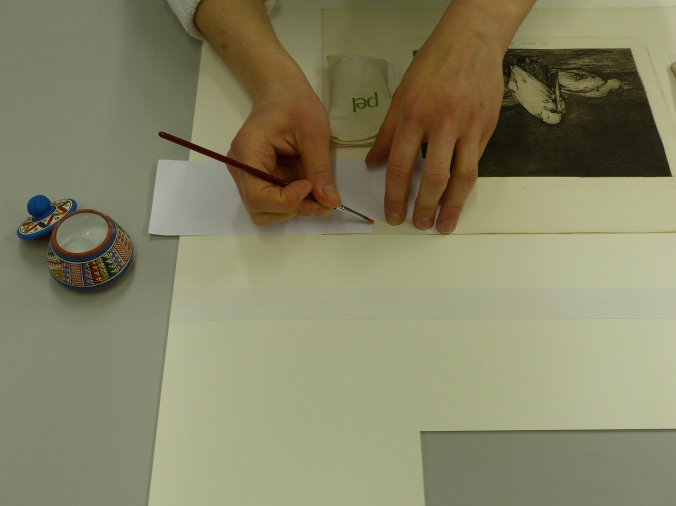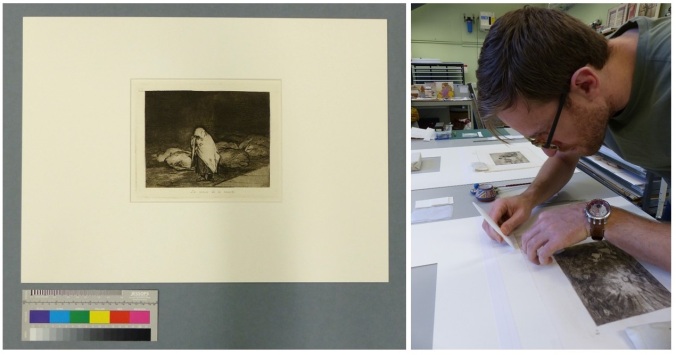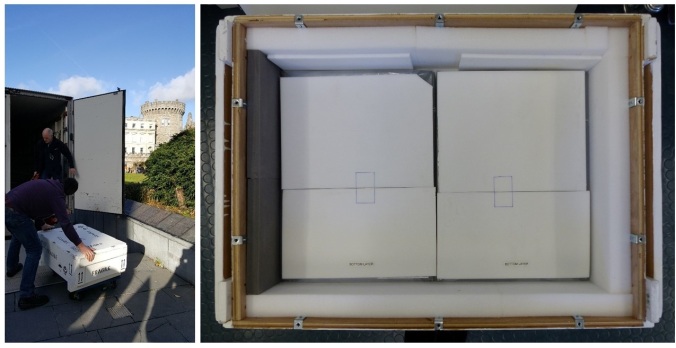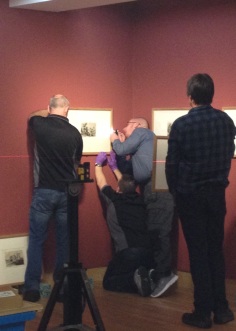Over the summer, the Conservation team were delighted to offer a student placement (20th July- 16th September 2016) to Elisabeth Randell. Elisabeth is currently a student on the MA Conservation course at Camberwell College of Arts, University of the Arts London, and we’re happy to share this post from her.
As I have experienced in the last few years as an emerging conservator, there truly is no equivalent for learning from practicing professionals in a working studio. I was therefore delighted to have the opportunity to return to the Chester Beatty Library for an eight-week summer placement.
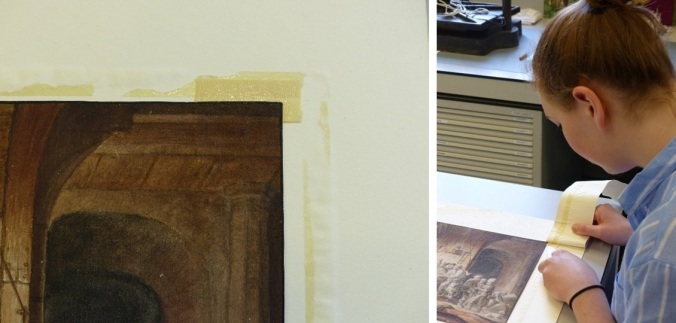
Removing an old mount with pressure sensitive tape & adhesive residue left on the verso of the object.
The Chester Beatty is a hub for international scholars with the diversity and quality of collection allowing for a wide range of research. It is a wonderful environment to be immersed in as the team, visiting scholars and conservators alike are not only incredibly knowledgeable in their field of specialism, but are also keen to share their knowledge. This exchange of ideas, practices, and considerations for the collection has helped further my development and understanding of current standards on practical treatments and collection care respectively. This institution dedicated to the preservation and conservation of cultural heritage, further demonstrates its commitment through its strong programme of engagement with the public and promotion of the profession.
During my placement I carried out several projects, including contributing to the ongoing project to conserve the Indian miniature collection; assisting in the conservation and preparation to lend 40 aquatint prints from Francisco de Goya’s Disasters of War series; de-installation of the temporary Lapis and Gold exhibition; as well as assisting with day to day activities within the lab.
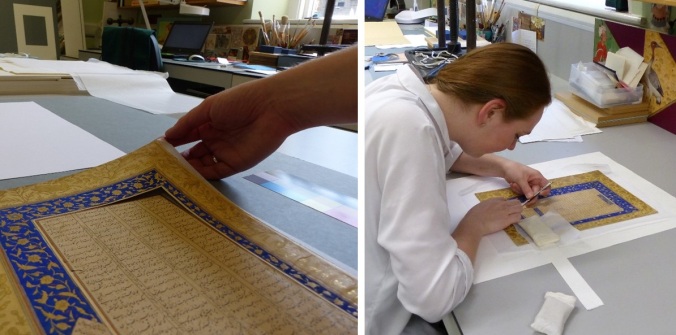
Left: The text panel has failed and fallen out due to copper corrosion from the media used on the border. Right: Repairing and reinforcing the text panel with remoistenable tissue.
In 2013 I had an opportunity to assist with the digitisation of the biblical papyri and during that time I discovered my passion for the conservation of papyrus, and was drawn to learning more about the material and its accompanying conservation methods. The Library’s papyri collection ranges in date from 1800 B.C. to 800 A.D. and includes many works of outstanding importance. The time spent involved with this digitisation project, assessing, observing, and learning about issues surrounding the care of papyrus and various treatment protocols under the guidance of Jessica Baldwin, Head of Collections and Conservation, was a validating experience.
So I was thrilled to return to the lab with the opportunity to carry out a survey of the Islamic and part of the Coptic papyri collections. As the conservation of papyrus is where my passion lies, and is the proposed subject of my MA dissertation, this was a wonderful and rare opportunity to examine and observe this material up close.
The aim of the project was to assess the condition and identify high risk objects, with the main goal of approaching the collection holistically in regards to safe housing and easy handling. As the collection is mounted between glass plates and sealed with varying water-soluble tapes, in conjunction with the papyri itself generally in a good condition, the goals of the project then concerned its accessibility and long-term storage.
The housing of the collection left room for improvement in the way of unified and standard boxing, as well as interleaving which acts as both a support for the object during handling, provides a buffer within the storage boxes, as well as provides a protective interface between the glass plates.
As I am interested in the manufacture and historical method of production, and historic treatments of papyri collections, it was invaluable to have this time and access to such a precious material. This collection offered an extra dimension of intrigue as it is comprised of the Library’s Islamic papyrus, which is quite a rare material to find within collections. I have observed many papyri fragments and folios written in Hebrew and Greek, but it was interesting to see most of the Arabic papyri written in kufic. Kufic is a beautiful and decorative alphabet originating from Kūfah in Iraq.
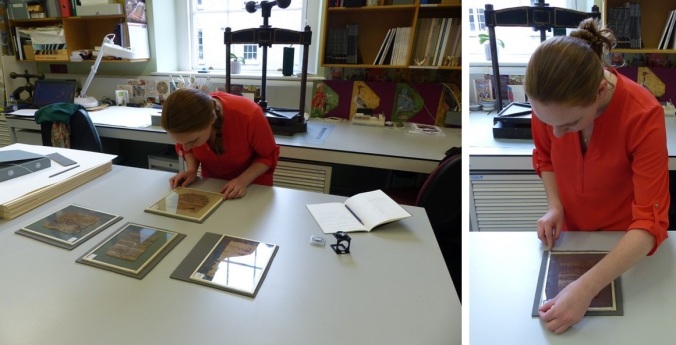
Surveying the Islamic papyri collection.
In addition to the chance to study the materiality of the collection, this project was a fantastic exercise in collection care and management. There are many considerations that go into the rehousing of a collection such as bearing in mind storage constraints, whilst maintaining a pragmatic and economical approach.
Leaving the CBL lab I feel reinvigorated with a renewed sense of passion and enthusiasm heading back to complete my MA at Camberwell College of Arts. I wish to extend my greatest appreciation and thanks to the Conservation team for welcoming me back into the studio, and for their encouragement and support. It has been inspiring to be invited into such lab whose strives to maintain the highest of standards carrying out numerous practical projects, whilst emphasizing the sharing of knowledge and techniques.
Elisabeth Randell, Student Conservator


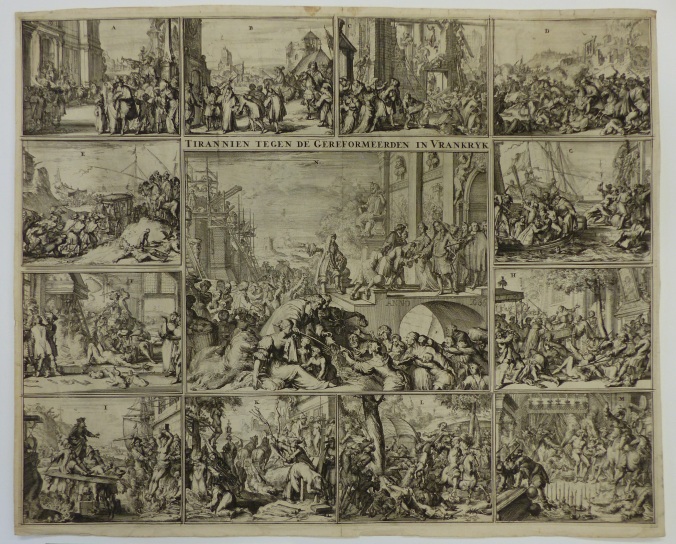


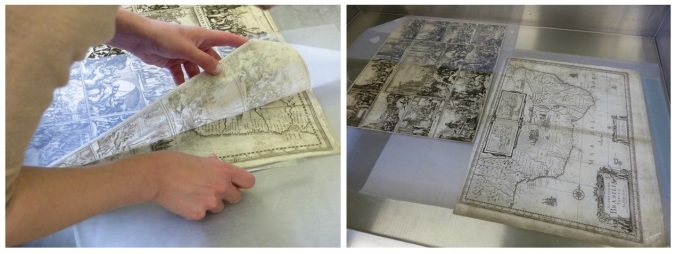
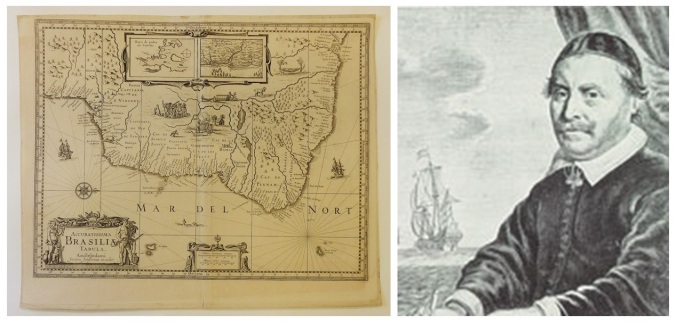
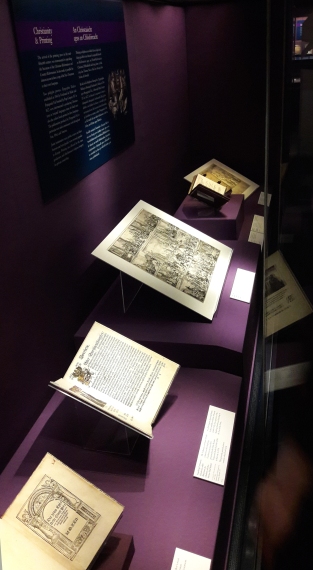

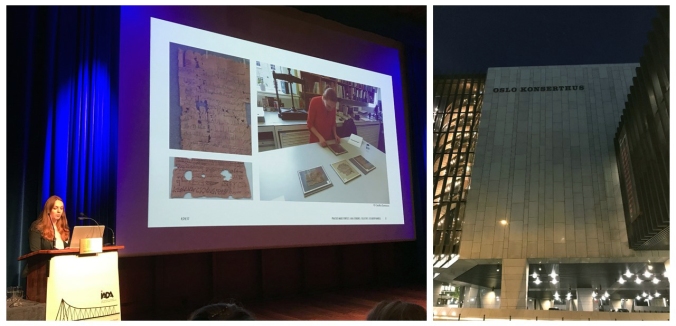
















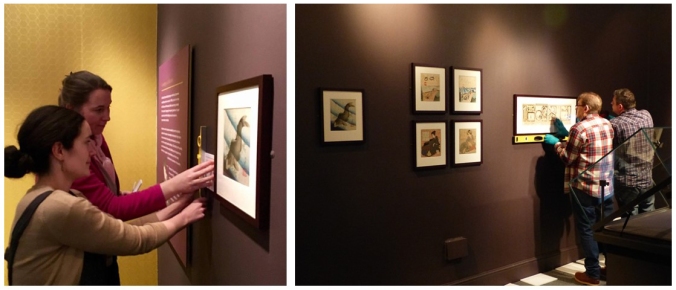 Thanks to the generous grant provided by the
Thanks to the generous grant provided by the 